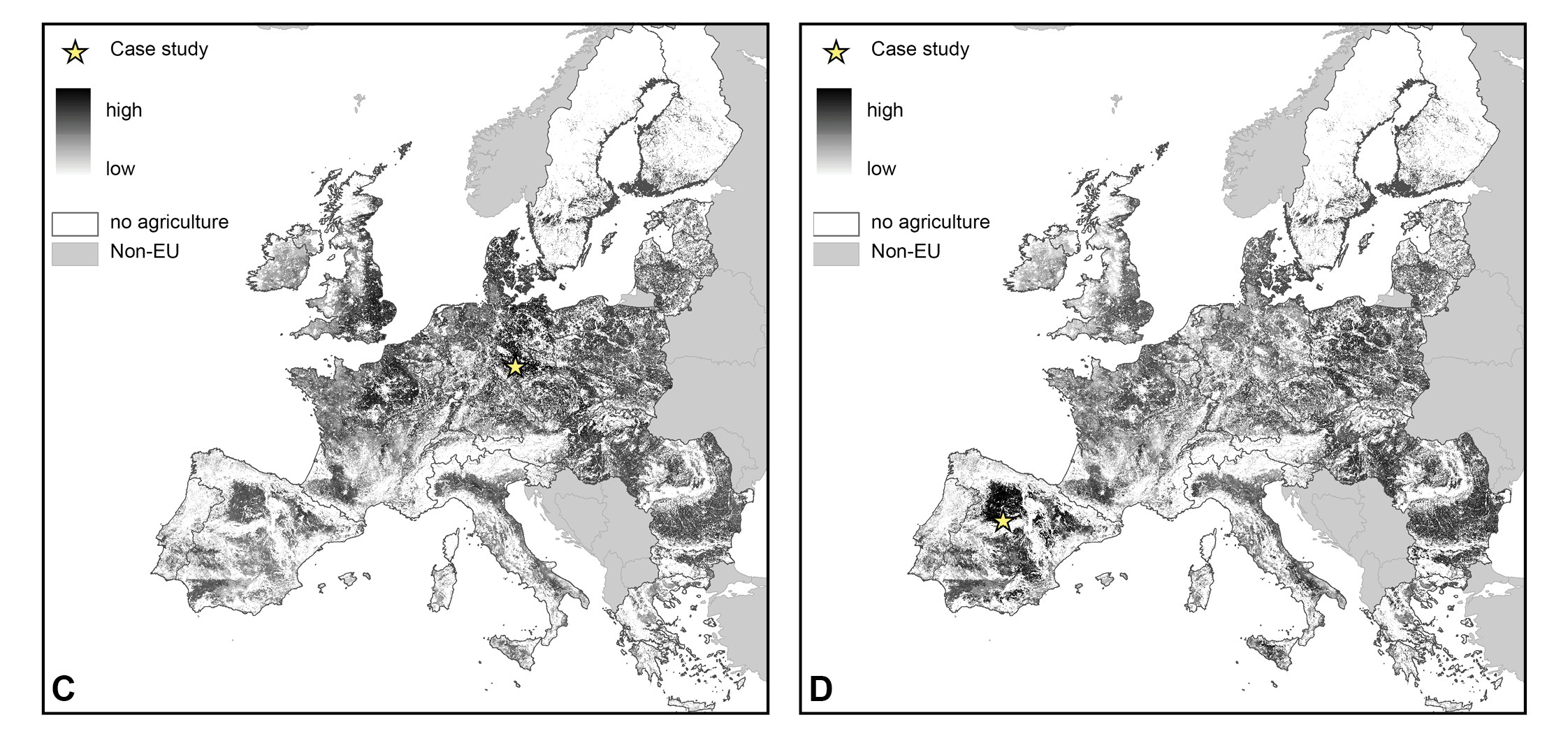WP 5 – Synthesis and learning environment
Lead: VU, participating Agroscope, BOKU, IfLS, UFZ, UPM, IMDEA
WP5 has a central role with the TALE project, as it has as overarching aim to guide the integration process between the different work packages throughout the project duration and to synthesize the project findings. One of the ways for dissemination is to develop a learning environment linked to the tools developed throughout the different project stages, intended for exchange of knowledge and methods outside the project environment. WP5 is subdivided in specific sub-tasks, which are: 1) guidance of the integration between work packages through dedicated work-sessions during the consortium meetings around the learning environment developed; 2) the analysis of case-study representativeness to allow transfer of results to other regions; 3) the synthesis of policy recommendations across the different case-studies and different governance levels; and 4) embedding the different tools applied in the project in a learning environment to facilitate the exchange of knowledge and methods between the research groups, between researchers and stakeholders (practitioners) and to a wider public, including students.
The first task completed in WP5 is the case study representativeness analysis (completed in October 2016), as this analysis is also aimed to further guide the comparison of project results. Analysis of case study representativeness is essential for TALE, as case studies are the central element of the TALE project. The case study representativeness analysis offers three different sections: 1) A general overview of case study characteristics and the selection procedure of each case study as well as a comparison of the drivers of environmental change and current environmental threats for each location, 2) A comparison of two different methodologies, based on a comparison of European-scale agricultural and biophysical typologies versus a statistical transferability approach, that are suitable for finding areas that face similar biophysical and socio-economic circumstances. Specific attention is also given to the areas and landscape dimensions that are not well captured by the case study selection. The results show that these areas are defined by the low representation of grassland, permanent crops and extensive systems with the TALE case study areas. The third section focusses on the expert perception of local case study characteristics within a national and European perspective, by testing the differences between expert perceptions of the case study circumstances (on general biophysical characteristics, ecosystem services and environmental status) compared to available datasets on a European and national scale. All partners contributed to the general case study characteristics as well as the expert assessment.
The other sub-tasks of WP5 are currently in progress. Discussions about the focus and the content of the learning environment (task 1 and 4) have been undertaken at the first (Leipzig, 2015) and second project meeting (Vienna, 2016). While still in progress, the learning environment is intended to be tightly linked with the developed methodologies with the different work packages of the TALE project. Besides methodology-based tutorials aimed at researchers, practitioners and students, we plan to develop a stand-alone version of an optimization tool, intended as a learning tool for students and interested stakeholders.

Product:
D5.1_Case study representativeness analysis (2 MB)
The TALE Learning Environment:
http://tale.environmentalgeography.nl

